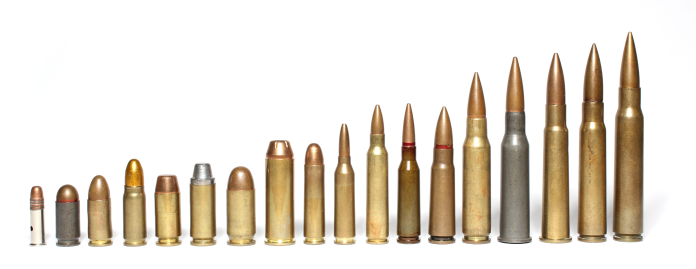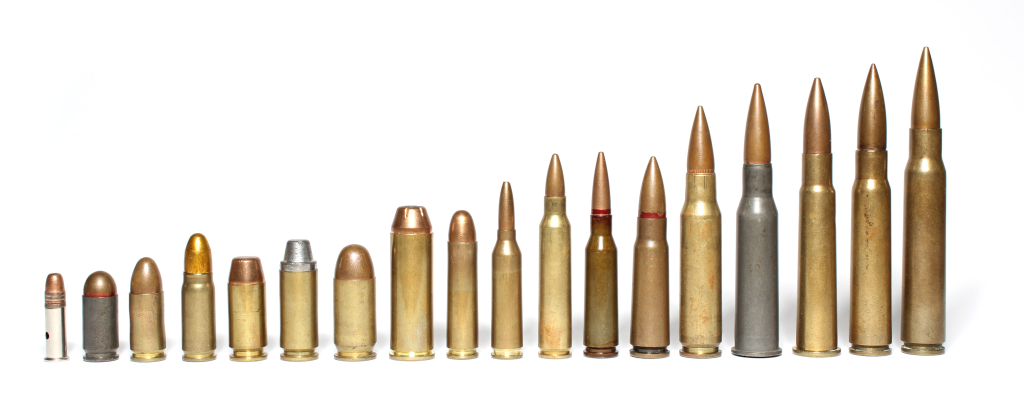
The wrong caliber not only misses the mark it risks the hunt and the game. That harsh fact, echoed in many a hunting camp, supports a maxim familiar to seasoned hunters: not all cartridges belong in the field when the quarry is measured in terms of several hundred pounds. Choosing a cartridge that does not provide sufficient penetration or energy can turn a clean kill into an endless, indefinite track.
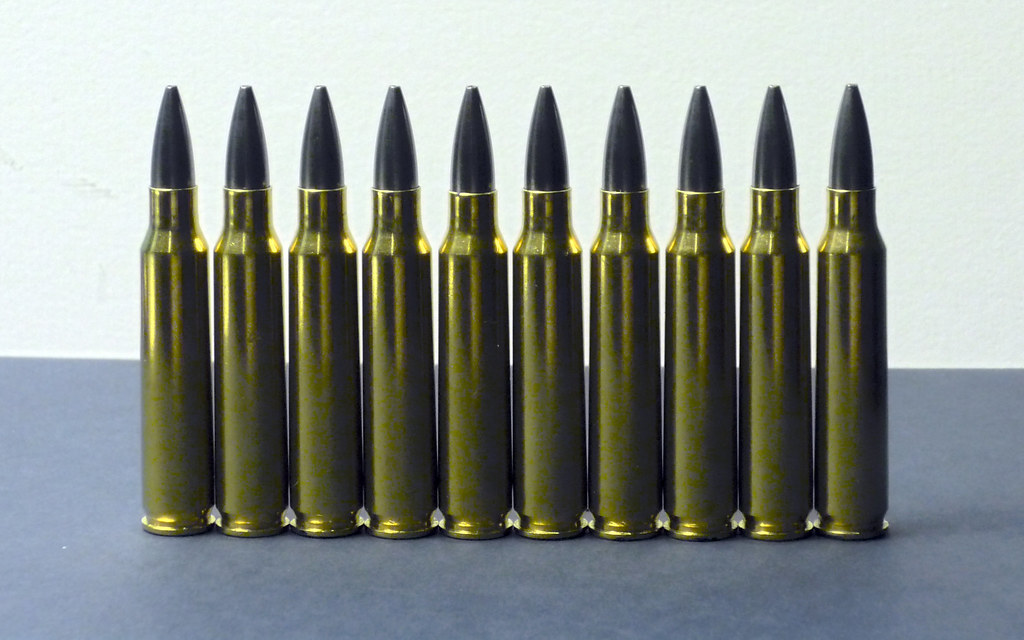
In modern hunting sports, where ethics intersects with ballistic science, caliber selection is not ego-based it’s responsibility. Bullet technology has improved significantly in optimizing performance in all respects, but physics remains the boss. Bullet weight, velocity, and construction must be harmonized with the anatomy and durability of the quarry animal. As Colonel Townsend Whelen wisely advised, a deer-sized animal requires approximately 1,000 foot-pounds of energy upon impact; elk can withstand twice that.
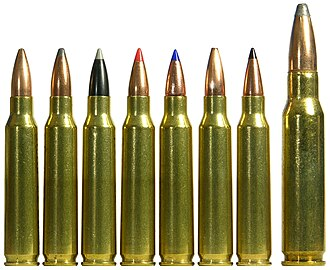
1. .223 Remington: Accurate but underpowered
The .223 Remington gained its reputation as a flat-shooting, low-recoil cartridge for varmint shooting and target practice. Its 55-grain bullet at more than 3,200 feet per second delivers roughly 1,280 foot-pounds of muzzle energy enough for small game, but far less than needed to take elk or moose. Even with premium bonded or monolithic bullets, the cartridge still can’t penetrate deep enough into heavy bone and thick muscle.
While a few have been able to successfully hunt deer with the .223, using it on anything larger is not advisable. Ballistic comparisons show that the .308 Winchester contains more than double the energy of a .223 at 500 yards. That’s a straight translation into terminal performance and into confidence on the part of the hunter when most needed.
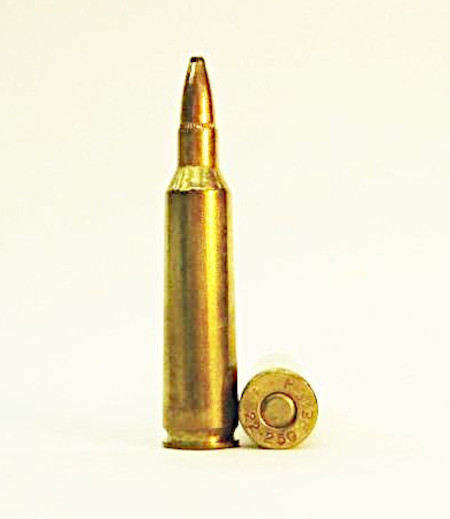
2. .22-250 Remington: Speed Without the Mass
The .22-250 Remington is a marvel of velocity, always over 3,800 feet per second with light bullets. That kind of speed makes for a laser-flat trajectory, and coyotes and prairie dogs love it. Kinetic energy is a function of both mass and velocity, and the .22-250’s light bullets lack the momentum to reach deep into the vitals of big-bodied game consistently.
Even when used in controlled-expansion bullets, the round is best saved for predators and small antelope. On large game, its rapid expansion can lead to shallow channels of woundings an action which obliterates both ethical hunting and the possibility of recovery.
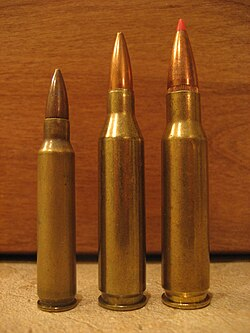
3. .243 Winchester: Adequate for Deer, Insufficient for Moose
The .243 Winchester occupies its own niche: mild recoil, flat shooting, and enough punch for deer-sized game. When loaded with 90- to 100-grain bullets, it can humanely kill whitetail and pronghorn out to moderate ranges. But when the quarry happens to be elk or moose, the cartridge’s limitations enter the equation.
Thick bone and heavy muscle demand more sectional density and punch than the .243 can deliver with repeatability. With flawless shot placement, maybe it is okay, but relying on flawless shot placement under conditions in the field is a gamble. Larger calibers offer some forgiveness that the .243 does not.
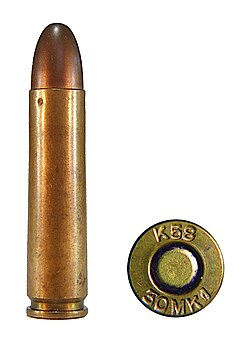
4. .30 Carbine: A Military Anachronism Out of Its Class
Designed for the World War II M1 Carbine, the .30 Carbine fires a 110‑grain bullet at approximately 1,990 feet per second ballistics nearer to a hot pistol load than the average modern hunting rifle cartridge. It has minimal effective range and penetration and is usually not well adapted for anything larger than small to medium game at close ranges.
In the dens of deer, it may drop an animal in good condition, but on bear or elk it lacks the power as well as the bullet integrity to deliver a humane kill. For hunters who need a short rifle with real big game performance, modern intermediate cartridges put this mid‑century design far behind.
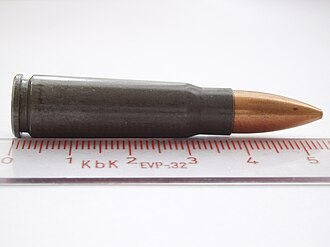
5. 7.62x39mm: Resilient but Range-Limited
The 7.62x39mm, best known as the chambering of the AK-47, is valued for being reliable and having moderate recoil. Ballistically, it fires a 123-grain bullet around 2,350 feet per second, delivering around 1,500 foot-pounds of energy at the muzzle. That’s sufficient for deer within close range, but it does drop off quickly around 150 yards and thereafter.
In larger animals, the combination of low velocity and modest sectional density prevents penetration. As figures on energy retention illustrate, at 300 yards it delivers less impact than many single-purpose large game cartridges contain at half that distance.
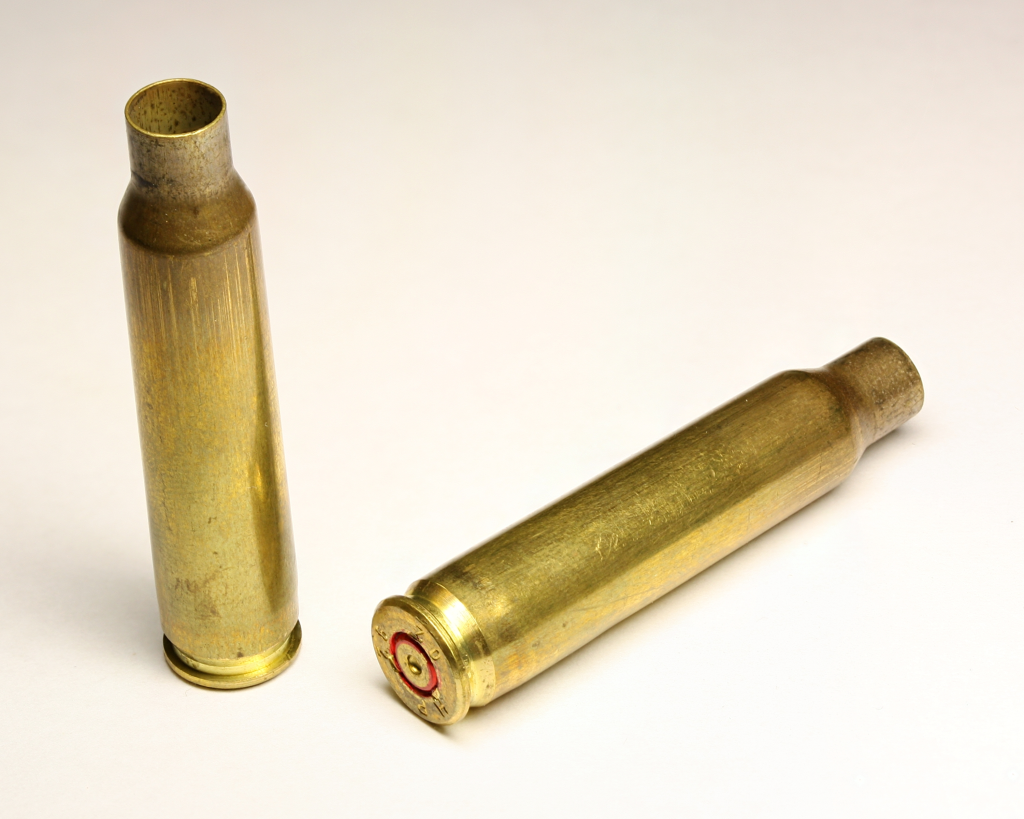
6. 5.56 NATO: Military Use, Hunting Limitations
The .223 Remington is the same diameter as the 5.56×45mm NATO but filled to a greater pressure, delivering a little more velocity. In defense and military use, its low recoil and high-capacity magazine are of worth. In hunting large animals, however, its limitations are the same as the .223’s.
Even heavier 77-grain target or hunting bullets hardly make the penetration and energy required for elk or moose. Although legal in deer grounds in some states, most wildlife boards prohibit its use on anything larger a reflection of its narrow performance envelope.
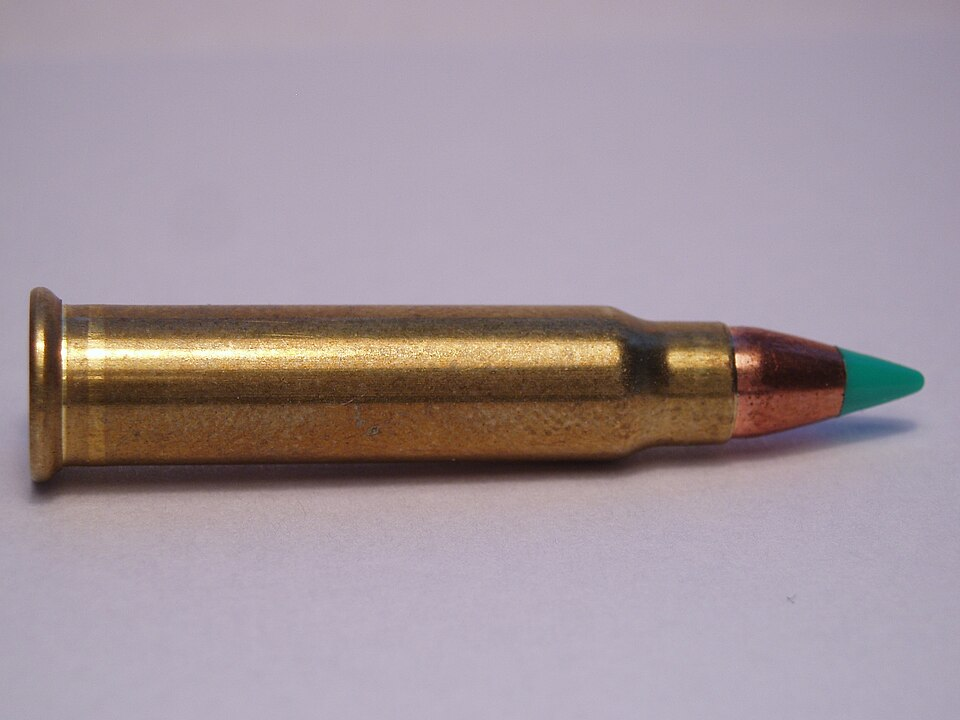
7. .17 HMR: Precision Without Power
The .17 Hornady Magnum Rimfire is a personal favorite among small varmints and yields laser-like accuracy with virtually no recoil. Its 17-grain bullet will travel 2,550 feet per second, but muzzle energy is but slightly over 250 foot-pounds orders of magnitude less than is necessary for the big animals. Against bigger animals than a fox, the .17 HMR’s light bullet is too small to penetrate adequately to reach vital organs. To use it against deer, elk, and similar game is ineffective, in addition to, in the acknowledgment of numerous states in legislation, immoral.
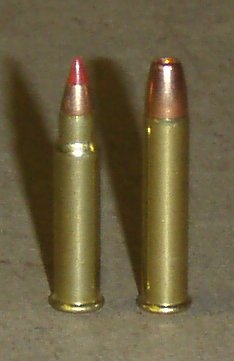
In the wild, caliber choice is as much an issue of restraint as it is of ability. All of these cartridges do their best in the proper use whether varmint control, target shooting, or close-range predator work but fall short when the quarry tips the scales at hundreds of pounds. Ethical big game hunting demands cartridges that need to deliver sufficient energy, penetration, and bullet performance to ensure a quick, humane kill. Leaving the wrong round at home isn’t a compromise it’s a respect for the game and for the hunt itself.
